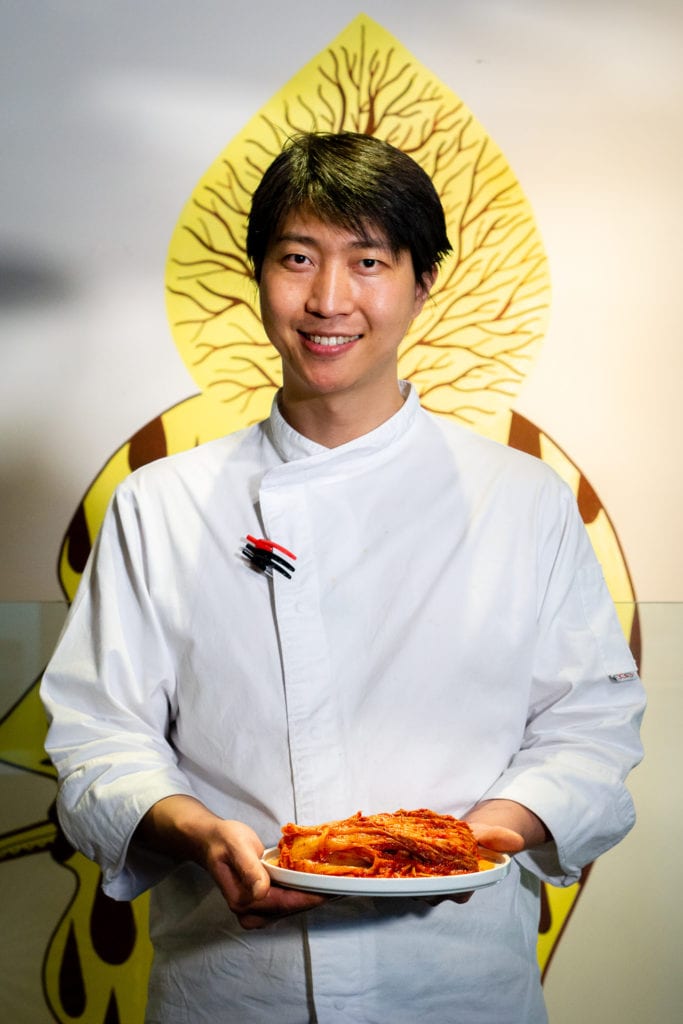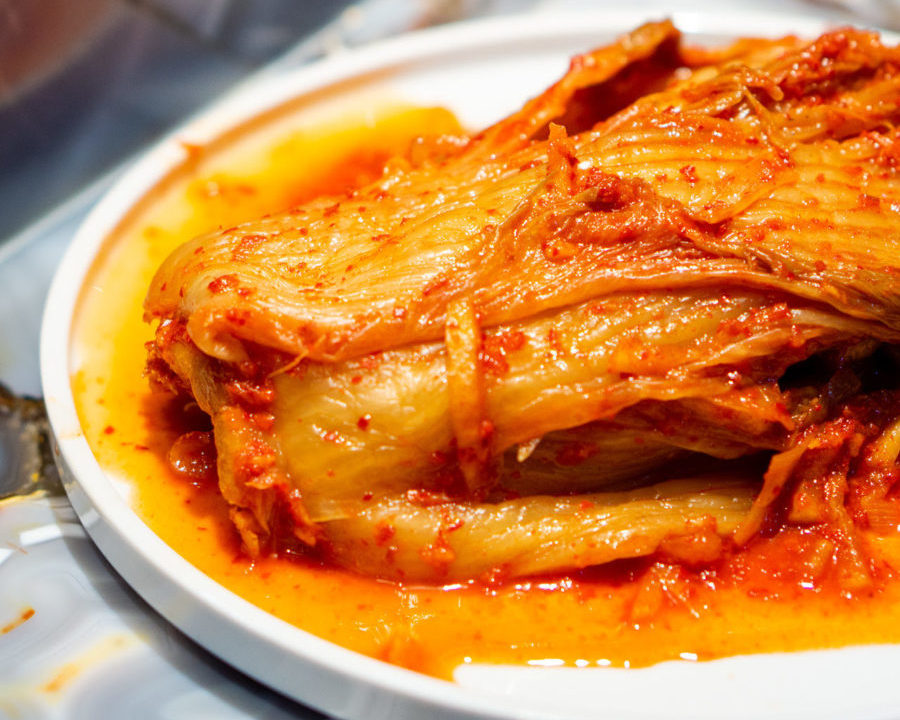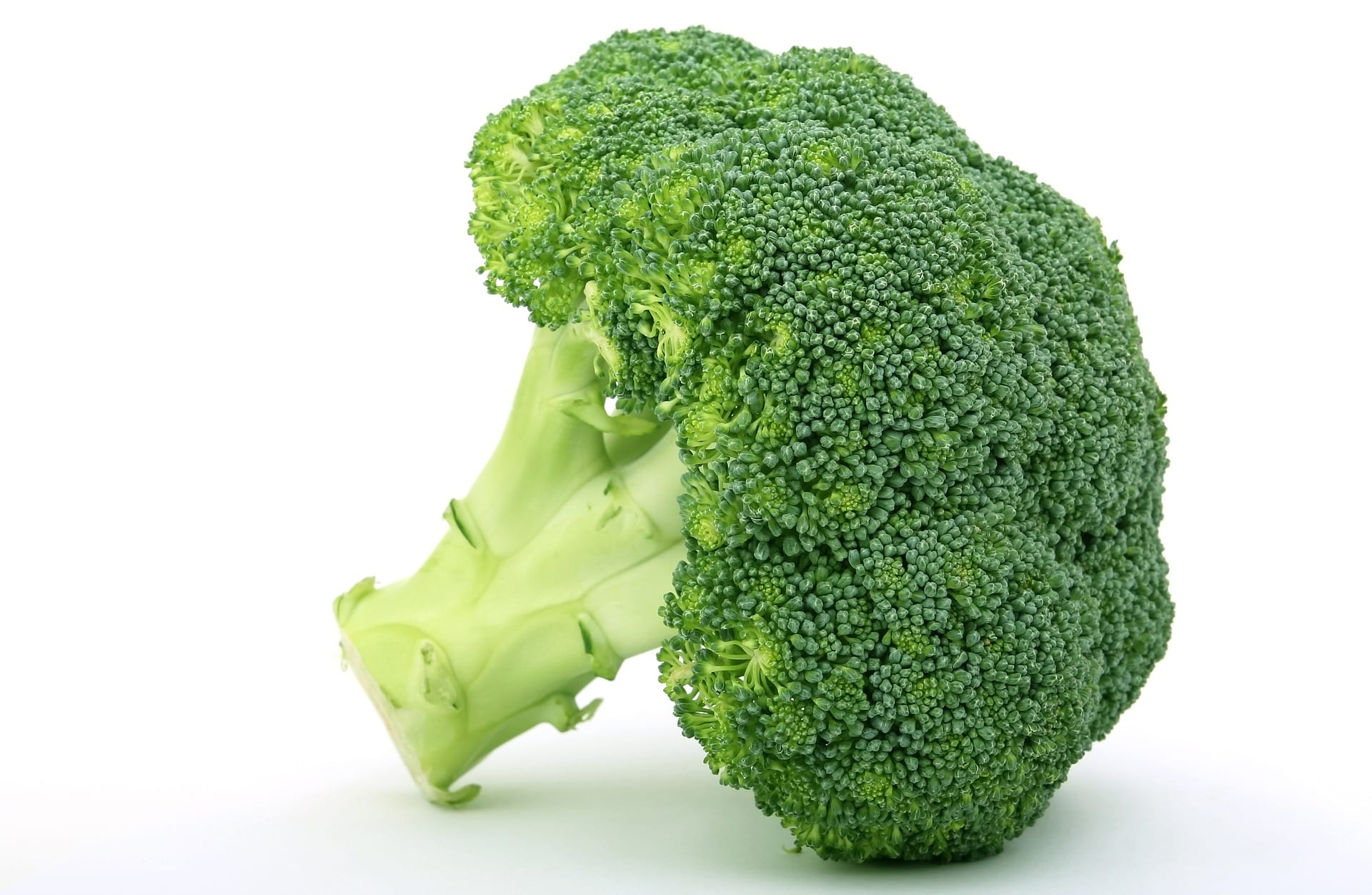El kimchi korean is a fundamental part of the diet of the peninsula of South Korea. Its relevance reaches such a level that its preparation became a social event. In addition, it was necessary to survive inclement weather. Discover this fascinating food whose popularity has spread throughout the world and the tribute that the LUKE restaurant in Madrid.
A special menu
We are celebrating, since the day November 22th Is celebrated the kimchi day. So the Korean restaurant LUKE de Madrid opens a new menu. You can find it both in its physical place and on its platform delivery. This is a small representation of the importance of the kimsang (festival of kimchi Korean) in the culture of the Asian country. All with the particular touch of the owner, the chef Luke jang. Do not worry if you do not know what dish we are talking about because we will explain it to you below.

What is Korean kimchi?
This product is essential in the diet of this Asian peninsula. We are talking about a food of vegetable origin, mainly, that stands out for its satiating capacity. Reduce the explanation of how it is prepared to the fermentation of the Chinese cabbage it is something very basic. For this reason it should be remembered that there is even 300 Types! We indicate that this technique is used with different vegetables such as turnip, cucumber, Chinese cabbage and then sauce with garlic, ginger or chili peppers. The normal thing, if you take a walk around Seoul, is to see people eating it at all hours. Is a complement that is used for practically any food.
Notice to sailors: Korean cuisine is spicy. Very spicy! El kimchi It is not the exception to this rule, although it is not one of the most spicy dishes. To explain the origin of this food we have to go back to geography. The Korean territory stands out for being mountainous and for its northern latitude. Therefore, winters are cold and hard. They were even more so for the peasants of yesteryear who could not harvest vegetables from November to March. They needed to do something in autumn so as not to perish in the next season.

So the villagers devised a way to preserve Chinese cabbages to withstand the coldest months. In this way, they added Vitamins to its most basic food: rice. And is that the kimchi Korean stands out for its properties. Thanks to the fermentation and probiotics generated, the result is a food rich in vitamin A, B y C. It is also rich in fiber and Koreans associate this food with a strong immune system. Is this why they have handled the current pandemic so well?
How do you prepare?
The main class is called baechu-kimchi. It is prepared with asian cabbage with turnip, dried chilli powder, minced garlic y jeotgal (fermented fish sauce). Actually, it was said in the past that there are so many kimchi like mothers in Corea. Perhaps today the same can be said about brands. The pace of life of the industrious Korean society means that they do not always have time to prepare it. That is why many go to supermarkets where it is found in many different ways.
The first step is to take shawl on top of the vegetables of your choice cut to taste. To be exact, the most used quantity is equivalent to the 10% of the weight of the vegetables. Now it's time to wait for it to heal. In summer it can take 10 hours and in winter 24. It depends on many factors. The next thing will be to mix it with the sauce. To prepare it you can use powders of chili, garlic y ginger. Also fermented fish with its juice. Normally anchovies as they facilitate fermentation.

A festive food
The elaboration of kimchi Korean in the fall it was quite a social event. That is why every year the kim jang or festival of the east dish. Its cultural value implies that large agglomerations meet in towns. Usually it is an event to enjoy with the family. Furthermore, it was declared Intangible Cultural Heritage of Humanity by UNESCO en 2013.
This is the festive spirit that wants to bring us Luke jang in their own way. It should be noted that the kimchi Korean It is a staple in your premises. It is present in the tasting menu in two dishes. One is trout roe with Iberian confit and the other is oyster and fermented foam. Also appears in LUKE à la carte .
That is the most casual version of the restaurant. So we find it in the gilda korean level six spicy and in the bao bun. The first is a skewer based on bluefin tuna and pipe. Rather, the second is a bacon bun. If you want to enjoy this exquisite dish of Korean cuisine, make a reservation now at this restaurant for that special day.






